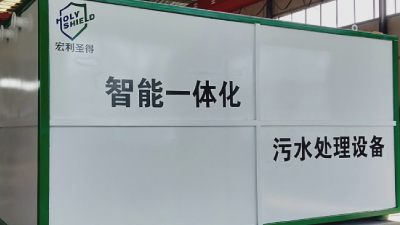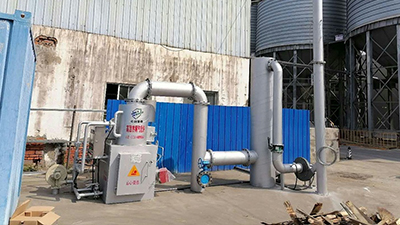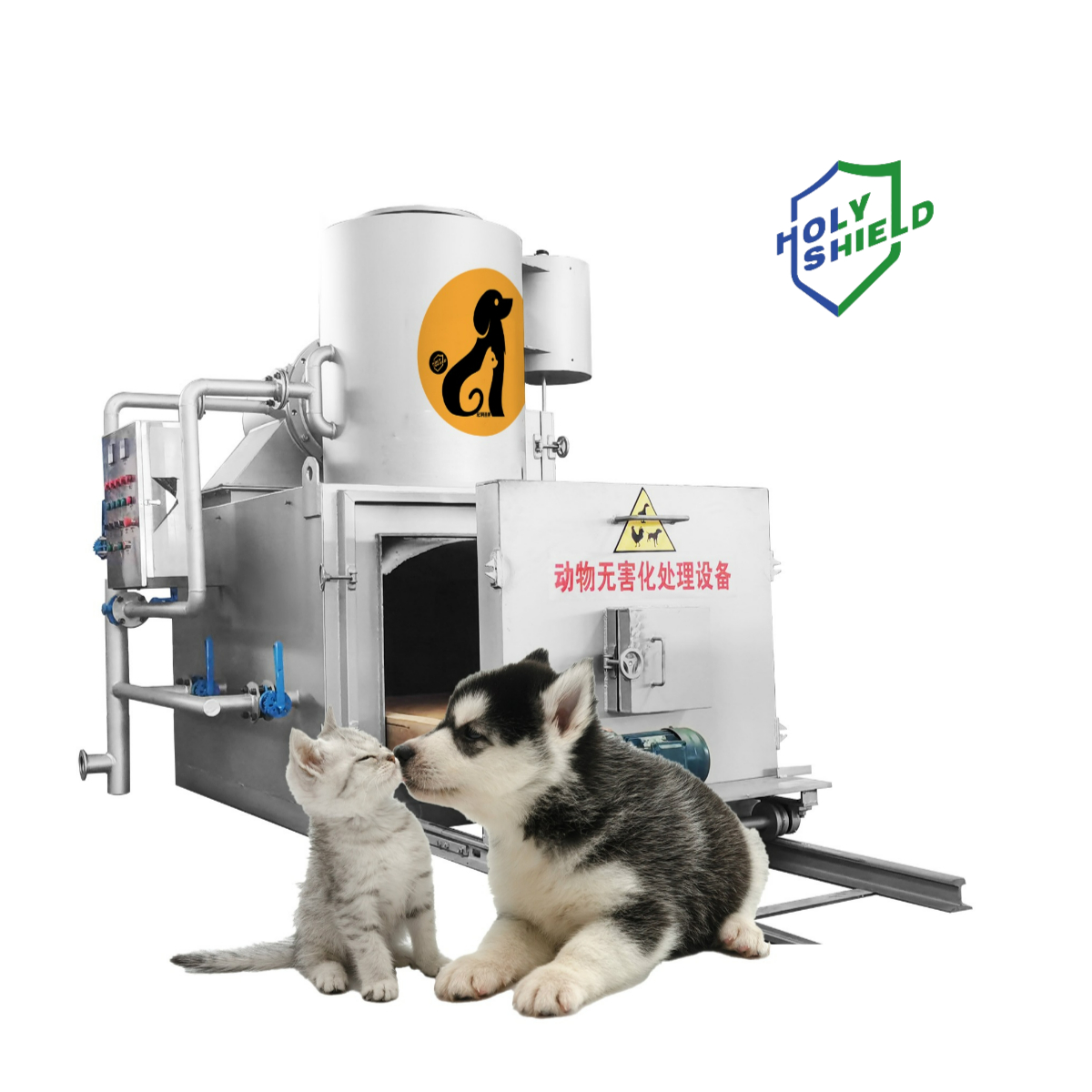


Plastic is an important raw material in our production and life. The total amount of plastic produced in the world is 8-9 billion tons. Plastic products can be seen everywhere in our lives. It can be said that it is becoming more and more important and the amount used is increasing. The more plastics produced, the more plastic wastes are produced. Clean plastic wastes can be recycled and reused. Generally, they are crushed, washed, re-formed into plastic particles, and then made into finished products. In the process of cleaning plastics, a large amount of waste water is generated. The waste water mainly contains silt and other impurities attached to the surface of the plastic. If it is discharged directly without treatment, it will pollute the environment, and the discharged sewage can also cause cancer.
(The picture comes from the Internet)
The pollutants contained in plastic cleaning sewage are dissolved organic matter and insoluble matter. Dissolved organic matter can be converted into insoluble matter under certain conditions. One of the methods of plastic sewage treatment is to add chemicals to convert most of the dissolved organic matter into insoluble matter. Substances, and finally remove non-dissolved substances, in order to achieve the purpose of purifying sewage.
